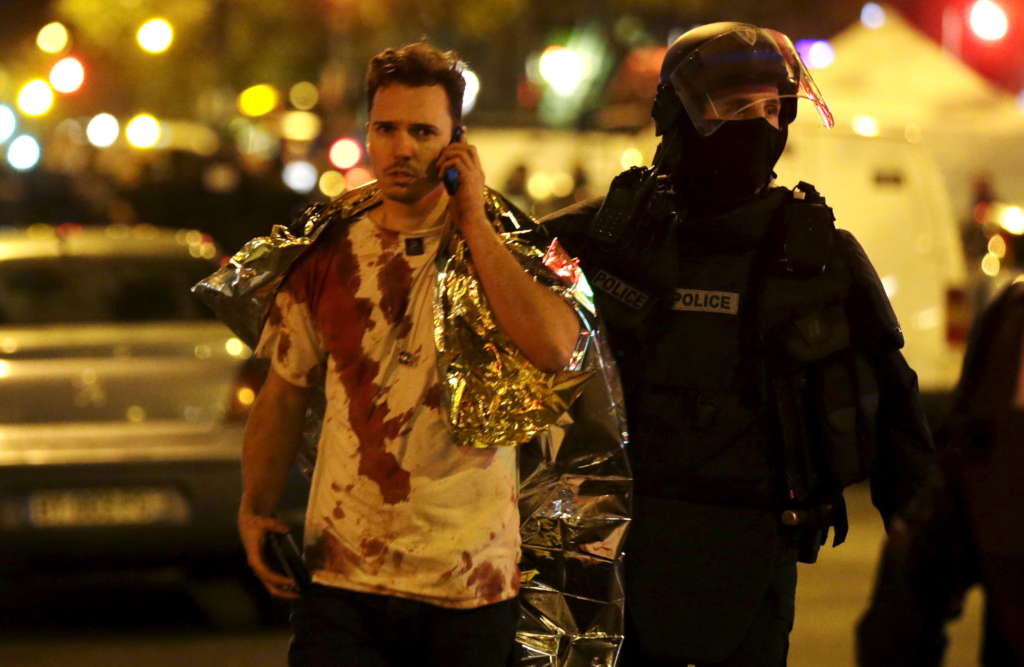Cairo-Experts in radical Islamist groups’ affairs have warned of ISIS’s dodging approach and the increasing terrorist attacks it is staging in many countries around the world.
The experts said that ISIS’ attacks are being implemented through three strategies: the “Lone Wolves”, “Fish of the Desert”, and “sleeping cells.” This means that ISIS members work according to individual initiatives and compose cells that work on planning and implementation.
For example, the newest group, known as the “Fish of the Desert” works on withdrawing ISIS militants from areas where they receive repetitive blows toward new and unexpected places, aiming at establishing new strongholds. The recent attacks that took place in Saudi Arabia, Bangladesh, Ataturk Airport in Istanbul, were also implemented by suicide bombers who belong to the “sleeping cells” or “lone wolves” of ISIS.
Security experts and clerics also said that the recruitment of members for the three strategies, and the selection of targets are being made via internet. Experts also noted that that ISIS formulates different strategies and addresses speeches on three different levels: one for its supporters, another for observers with neutral positions, and the third for the organization’s enemies.
The Egyptian strategic and security expert Al-Sayed Abdul Mohsen points that social media outlets and internet secure the training of “lone wolves” members by providing the required directions to make explosive bombs, use weapons, and implement other military training that transform those people into skilled executers.
Abu Mohammad al-Adnani, ISIS’s spokesman urged, in a voice record in 2014, people who sympathize with the organization to kill citizens of countries anywhere and by using any weapon without the need of ISIS’ authorization or even joining it. Abu Bakr al-Baghdadi, head of the organization also called the “Lone wolves” to target Shi’ites in Saudi Arabia.
Dr. Mohammad Ahmad al-Dish, professor of Islamic culture in Al Azhar said that “lone wolves” members implemented terrorist attacks in Europe following their failure in their battles in Syria, Iraq, and Libya. He added that ISIS’ leaders recommend their members to adapt with their local communities so they can enjoy safety and security, and then implement sudden attacks, which are considered the most important warlike principle. They are allowed to announce their belonging to Islam, but they have to shave their beards and wear perfumes to deceive their entourage.
As per the “Desert’s fish” strategy, Dr. Ibrahim Najm, consultant of the Egyptian Mufti said that ISIS inspired this strategy from the sandfish, which is a reptile that moves from a place to another by sinking in soil, so it can escape enemies and look for new prey. ISIS turned this inspiration into a military strategy so it can cope with different environments and different conditions until
they are able to create new survival means. Najm noted that this strategy ensures the organization to escape the attacks of the military alliances and to reach new areas to control them.
The consultant continues that the “sandfish” strategy is based on building alliances in different places with the extremist elites to engage them in the organization’s political and military intellect. However, these alliances split sooner or later due to many reasons including weakness and ethnic, religious and ideological differences.
Although some observers see that the “lone wolves” and “sandfish” strategies are a natural result for ISIS’s defeats in Syria and Iraq, others suggest that security systems should feel concerned from expected attacks and the organization’s new means to deal with the security constraints imposed by countries to face the “lone wolves” danger.
Concerning sleeping cells, experts say that these cells where behind the organization’s feats in the zones they control in Syria and Iraq. Dr. Hossam Shaker, professor at Al Azhar said that the sleeping cells are the biggest concern these days particularly in Europe, and divided them into three types. First, there are the frozen cells, second the cells assigned to break security and military governmental systems, and third those assigned to practice appeal, religious and military training without attracting attention.
Egyptian security experts note that the sleeping cells’ missions comprise spying on their regions’ residents, preparing lists with names of people working with security forces and civil governmental employments, learning about numbers of special security forces and inspection points in each region.
Egyptian security expert Abd al-Mohsen said that members of these ISIS groups adopt extremist thoughts and are ideologically involved in extremist organizations. They independently plan for terrorist attacks using auto funding to serve the organization’s targets and philosophy.
According to researchers, ISIS currently has more than 90,000 Arabic pages and 40,000 in foreign languages on Facebook and Twitter, which expands the organization’s potential on launching attacks in Western countries without being tracked. They also point that ISIS depends on hackers to break the social media users’ accounts to attract more followers. Hackers also showcase the areas of ISIS’s control and ignore the violent videos of beheading, which means that the terrorist organization invests in a cyber army aiming to increase its supporters through social media outlets, particularly in Europe.
